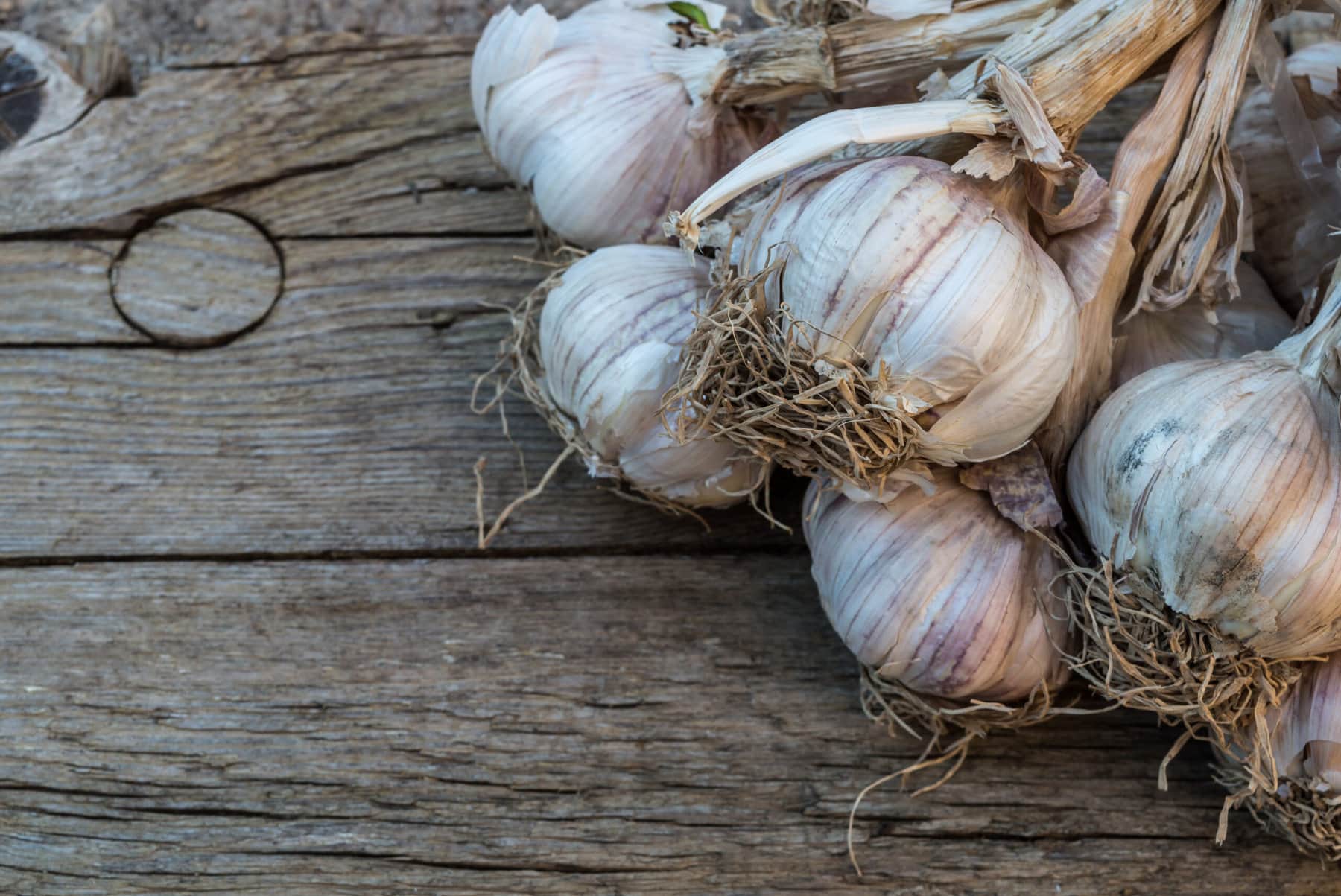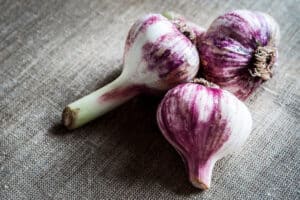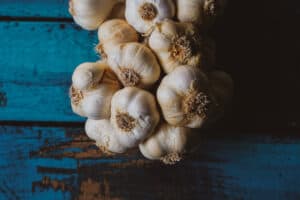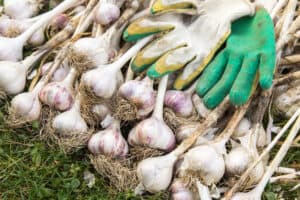Shop Mother’s Day Bouquets
Figaro's Blog
A Garlic Lover’s Guide to Choosing and Cultivating Garlic Varieties
- Category:Plants

Garlic, with its pungent aroma and robust flavour, is a staple ingredient in kitchens worldwide. And it’s equally valuable in the edible garden. Plant and forget: garlic is the ultimate low-maintenance edible, and that’s just one reason to love it. Two more: Like its cousins, onion, scallion, chive, and leek, garlic is also a food gardener’s ally. Known as alliums (from the botanical family Alliaceae), these strongly scented edibles are often planted among pest-prone plants to repel insects. Finally, garlic can be harvested at multiple stages, providing not just mature cloves but also scapes (if a hardneck variety is planted) and “green garlic” if harvested at an immature stage. In this guide, we’ll delve into the world of garlic varieties, including looking at the difference between hard and softneck garlic, plus we’ll get to know common subtypes such as porcelain, rocambole, elephant, and more.
Choosing Between Garlic Varieties
Garlic is classified as either hardneck or softneck. While they look alike and have many of the same growth requirements and habits, they have distinct characteristics including differences in flavour, bulb size, and storage capability.
Hardneck Garlic
Of the two types of garlic, hardneck is said to have superior flavour (often described as robust, bold, and slightly spicy) and is recommended for gardeners in areas with colder winters (it’s hardy down to the -30°Cs!). Hardneck garlic is also known for its firm, central stem, or “neck.” In late spring, hardneck varieties produce a looping “scape,” which should be cut off (and eaten!) to force the plant’s energy into producing a bigger bulb. (Two crops in one!) Hardneck varieties typically produce fewer but larger cloves, making it easier to peel. Despite these positives, softneck varieties are more often used in commercial production because softneck varieties tend to store for a longer period of time.
Common Hardneck Subtypes
Rocambole: Known for its rich, complex flavour and easy-to-peel cloves, rocambole garlic is a popular subtype of hard neck garlic. It’s often a top choice for roasting and cooking. Common varieties include Spanish Roja and German Red.
- Purple Stripe: Recognizable by its vibrant purple streaks on the outer bulb wrappers, purple stripe garlic has a medium to strong flavour and is ideal for a wide range of culinary applications. Common varieties include Red Russian, Mexican Purple, and Bogatyr.
- Porcelain: A subset of hard neck garlic known for its beautiful, porcelain-like appearance and large, plump cloves. This variety usually has a robust, strong flavour with a hot and spicy kick, making it a favourite for those seeking an intense garlic taste. Common varieties include Music and Italian.
Softneck Garlic
Softneck garlic is the other major type of garlic, characterized by a pliable stem. If you’re dreaming of braiding your garlic harvest, this is the variety to choose. (The downside? Softneck varieties don’t develop edible scapes.) Softneck garlic usually contains more cloves in each bulb, though they are smaller in size. It also tends to have a milder, more subtle flavour compared to hardneck garlic. Most garlic found in commercial grocery stores is soft neck. Softnecks are best for warmer climates as they’re not generally as hardy.
Elephant Garlic
Despite its name, elephant garlic (Allium ampeloprasum) is not a true garlic but a type of leek. It is characterized by its gigantic cloves and mild, sweet flavour. Elephant garlic is ideal for those who enjoy a milder garlic taste or have a preference for using larger cloves in their cooking.
Growing Garlic
Timing: Plant garlic in the fall, typically between late September to early November in Vancouver.
Soil Preparation: Incorporate compost or well-rotted manure to improve soil structure and fertility. Garlic loves well-draining soil enriched with organic matter. Ensure a slightly acidic to neutral pH level (around 6.0 to 7.0). If you need to raise the pH, add lime to your soil several weeks before planting.
Planting: Separate the cloves just before planting (don’t remove the outer skins!) and plant—pointy-end up—2 inches (5cm) deep and 6 inches (15cm) apart.
Overwintering: Later in the season, you may want to mulch your planted garlic with a thick layer of straw or leaves to protect it from winter cold. This is especially important for softneck garlic.
Harvesting: Early next year you’ll see signs of life as garlic shoots begin to appear above the soil (sometimes, shoots emerge as early as late fall. No need to worry; they’ll be just fine).
By early spring, you can begin to harvest green—or immature—garlic, either digging up the underdeveloped bulbs or clipping slender green stalks as needed. You can eat the entire plant raw at this stage! Green garlic has a mild flavour and is sometimes used in place of green onions. In late spring, clip scapes from hardneck garlic to force the plant to develop its bulb rather than seed.
In June, reduce or stop watering (this helps to cure the bulbs).
Once the bottom 50-75% of its leaves have dried (usually around early July), garlic is ready for harvest. Gently dig up the bulbs and brush off any remaining soil. Hang in a dry, well-ventilated place at room temperature until the skins are dry.
Whether you choose to grow hardneck, softneck, or both, you’re on your way to enjoying the delightful flavours of homegrown garlic. Happy gardening!
plants make everything better
Whether you're an experienced horticulturist, or looking for your first plant, our team at Figaro's Garden is excited to help you realize your plant and garden dreams. Contact us today or stop by the shop to see what's in-store.



